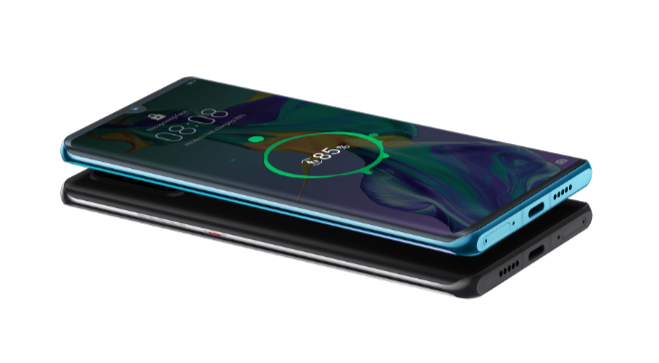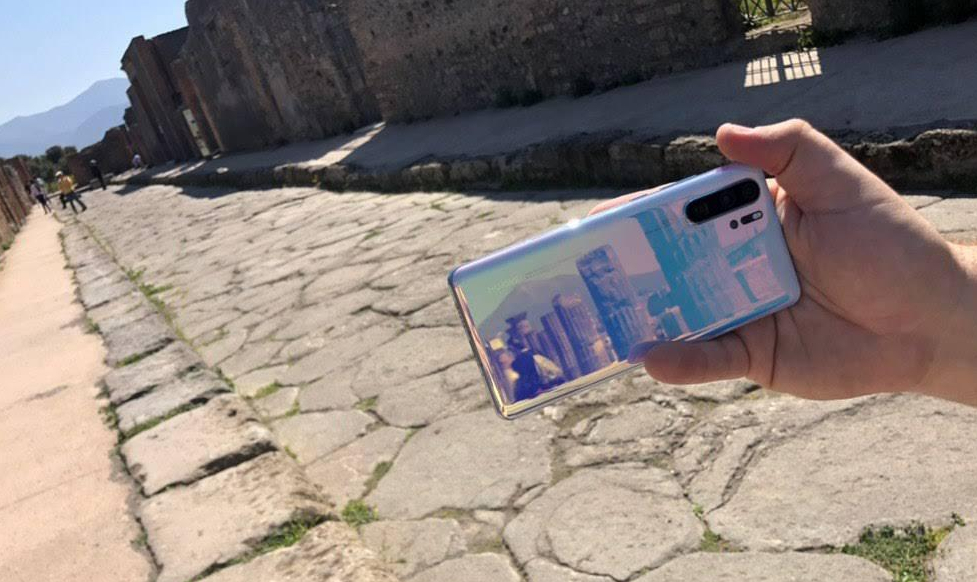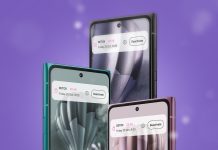The way we travel has changed a lot since I was a kid. Travel, especially overseas, used to be a lot simpler, in the sense that so much of your life was left behind, on hold, while you were away. Mobile phones aren’t really a new thing anymore, but when they arrived, they changed travelling for good.
No longer did travelling mean leaving things behind. It meant that connectivity with family and friends (and dare I say work) was there in your hand. While there are definitely negative aspects to this – doing work while travelling for pleasure, for example – the enhanced mobile connectivity we enjoy makes so many things easier.
With the Artificial Intelligence prowess of a smartphone like Huawei’s P30 Pro, you’ve got even more power in your hands: from getting the best settings for your photos through to counting calories in your food and more, your smartphone isn’t just smart. It’s intelligent.
I’ve been fortunate enough to travel the world in the last few years with all kinds of technology, and Huawei’s smartphones have been amongst the best travel companions – with effortless photography, battery life that lasts for days not hours, and a design that just makes me happy to look at, travel is made so much easier.
Avoid expensive roaming costs using your phone overseas
This used to be a much bigger issue, but there are traps for new players. Without really doing anything much at all, you can use your smartphone just about anywhere you happen to be on the planet – virtually all mobile carriers have roaming agreements with most others, meaning your Australian mobile will work as comfortably in China, Europe, Africa as it would at home or interstate.
The difference is, when you’re travelling overseas, to do this (without preparation) can be a ridiculously expensive and ill-advised thing to do.
Fortunately, there’s a lot of ways to avoid this travel bill shock when you get home:
- If you can, don’t use data roaming at all. Use WiFi in your hotel or where you’re staying. Use public WiFi when you’re out and about – most populated places seem to have it these days – and download what you need for offline use (e.g. Google Maps, PDFs of transport maps and the like).
- If you do want to use mobile data on the go, pick a mobile plan that includes roaming data or travel pack options. Telstra, Vodafone and Optus in Australia all have travel pack options by various names, allowing you inclusions from some calls and a small amount of data through to using your phone plan inclusions as if you were at home for a daily fee.
Another alternative is to pick up a local SIM when you travel. Having a phone with dual SIM capability – such a Huawei’s P30 Pro – makes this so much easier. You can keep your main phone number active – so you can receive important SMS and phone calls – and use the second SIM to handle data while you’re out and about.

In fact, I wrote much of this article from Berlin, Germany using a local prepaid SIM card in my dual-SIM phone. One of the big advantages to using a local SIM is that it will often be significantly faster than roaming data, and even hotel WiFi in some cases.
Today, my mobile SIM is faster than my NBN connection at home, and this makes doing my work much easier – I can write and file stories, upload photos and videos faster than I could if I were home in Australia, and that means I have more time to do other things.
For the holiday traveller, too, this convenience will be welcome. Finding directions will be quicker and easier, and sharing photos of your journey with family and friends will be faster and more seamless.
Capture memories with the best camera available – the one you have with you
It’s trite to say but the best camera to capture a scene is the one you have with you. A DSLR will take a brilliant photo in the hands of a competent photographer, but it doesn’t help you when it’s in your hotel room and you’ve got a smartphone with you.
These days though, your smartphone camera could well be better and more versatile than your DSLR, and it’s far easier to carry around compared to a full-frame camera with a heavy lens on the front. There are plenty of places you can take a mobile that you can’t take a DSLR too, which makes having the right phone for your holiday all the more important.
With low light photos that make beautiful European architecture really pop at night, through to stunning landscapes captured with P30 Pro’s ultra-wide angle lens, it feels like there’s few photographic situations it can’t handle well.
Some of my favourite photos I’ve captured are on this phone, and it is currently the benchmark against which I assess all others. When it comes to selecting the right smartphone for you, pay attention to what you plan to do with it.
As above, a dual-SIM phone will be a great investment for travel, and a phone that packs an excellent camera is going to deliver you results both at home and abroad.
While I would counsel against enjoying your holiday through the lens of a camera – the world is much more fun when you’re enjoying it without a phone in your face – the enjoyment of taking photos of things you’ve found beauty in can’t be understated.
Don’t be left in the middle of nowhere without a working phone
If you are a connected traveller, one thing you’re absolutely going to find on the go is that your phone is going to go flat faster. At home, you probably know where things are, how to get there, and when they’re open or closed. When you’re travelling, unless it’s to somewhere familiar, you won’t have this local knowledge and your smartphone is a great way to get it.
However, all that extra use is going to impact your battery life, and it would be prudent to ensure you don’t back yourself into a corner. I’ve done this before, and learned from it: when travelling away from familiar places and having a phone battery go flat. In a foreign country, without local language skills, your enjoyable trip may quickly flip over into a travel nightmare.
If you’re choosing for travel, pick a phone with a large battery capacity, and one that can use that capacity to its potential. Some phones with large batteries simply do not last all that long, and others with smaller batteries may surprise you.

It’s not all about battery life though, it’s about what you can do with it. Huawei P30 Pro includes some handy features for use when you’re out and about. For example, if you have devices that can charge wirelessly, you can use wireless reverse charge to top up your devices from P30 Pro. Equally, for other devices, you can use cable reverse charging to top up your headphones or even your watch if needs be.
When you’re really using your phone heavily, you’ll be glad of one that you can top off quickly, too. On a work trip, I’m often in and out of briefings, meetings and travel between, with the odd half an hour in my hotel room during the day, or some time to kill in a café.
I use these times to my advantage, as just 15 minutes on charge can add 25-30% extra battery life to the P30 Pro, which give as much as six hours extra time on the go.
Not near a power outlet? No problem – you can buy portable powerbanks today that will charge your phone quickly too, and while they won’t charge as quickly as Huawei’s Supercharge, you can still get a bit of extra juice into your phone fairly quickly when time permits.
This article is sponsored by Huawei Australia.










